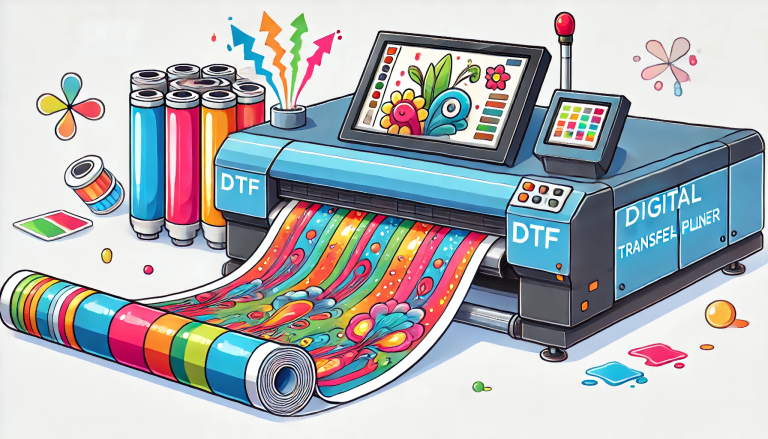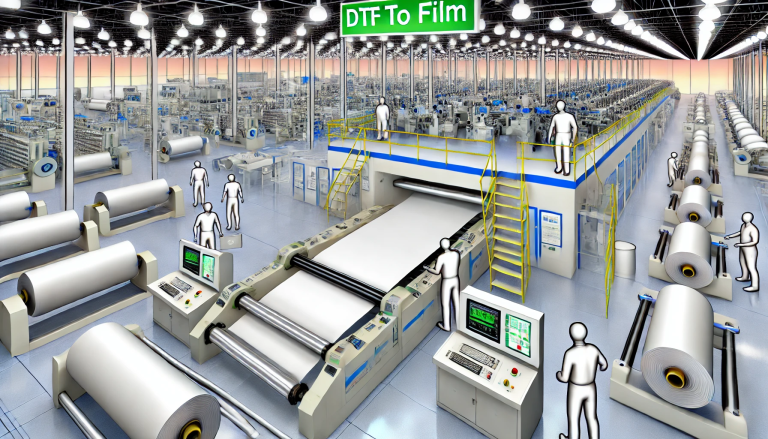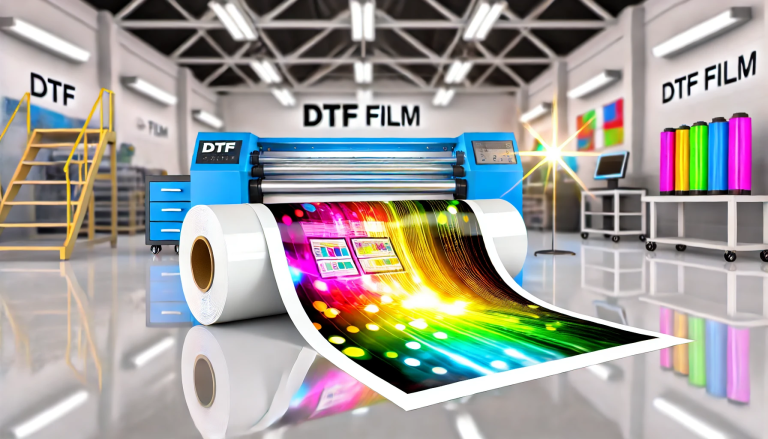In the dynamic world of printing technology, Direct-to-Film (DTF) printing has emerged as a game-changer for small businesses seeking versatile and high-quality printing solutions. DTF allows for vibrant and intricate designs to be transferred onto a variety of fabrics and substrates with ease. If you’re a small business owner looking to invest in a DTF printer, this guide will walk you through the key considerations to help you find the best option that suits your needs.
1. Print Quality and Resolution
Print quality is paramount, especially for businesses aiming to offer professional-grade products. When evaluating DTF printers, pay close attention to the resolution they offer. Higher resolution ensures crisp and vibrant images, making your products stand out.
2. Compatibility and Software
Check if the DTF printer you’re considering is compatible with various design software programs. Compatibility with popular software like Adobe Illustrator or CorelDRAW can significantly streamline your workflow. Additionally, user-friendly software provided by the manufacturer can simplify the design and printing process.
3. Printing Speed
Efficiency is key in any business operation. Look for a DTF printer with a reasonable printing speed that aligns with your production needs. While a faster printer can increase output, make sure it doesn’t compromise print quality.
4. Size and Format Options
Consider the maximum print size and format the DTF printer can accommodate. If your business requires printing on various item sizes, such as garments, accessories, or promotional items, opt for a printer that offers flexibility in print dimensions.
5. Ink System
The ink system of a DTF printer can significantly impact the final results. Some printers utilize specialized DTF inks that adhere well to various fabrics and substrates. Ensure the printer you choose offers high-quality and durable inks for vibrant, long-lasting prints.
6. Maintenance and Support
Regular maintenance is crucial for keeping your DTF printer in optimal condition. Check if the manufacturer provides adequate support, maintenance guides, and accessible replacement parts. Reliable customer support can make a significant difference in the long-term functionality of your printer.
7. Cost and Return on Investment
While cost is a consideration for any business, think about the long-term return on investment (ROI) of the DTF printer. A higher initial investment in a quality printer may translate to higher-quality prints, increased production capacity, and potentially higher customer satisfaction.
8. Reviews and Recommendations
Before finalizing your decision, research customer reviews and seek recommendations from fellow small business owners who use DTF printers. Real-world experiences can provide valuable insights into the printer’s performance, reliability, and overall satisfaction.
Conclusion
Selecting the best DTF printer for your small business requires careful consideration of factors like print quality, compatibility, speed, size options, ink system, maintenance, and cost. By thoroughly researching and assessing your business’s specific requirements, you can make an informed decision that enhances your printing capabilities, expands your product offerings, and contributes to the growth of your small business. Remember that a well-chosen DTF printer can be a valuable asset in today’s competitive market, empowering you to produce high-quality customized products that leave a lasting impression on your customers.





